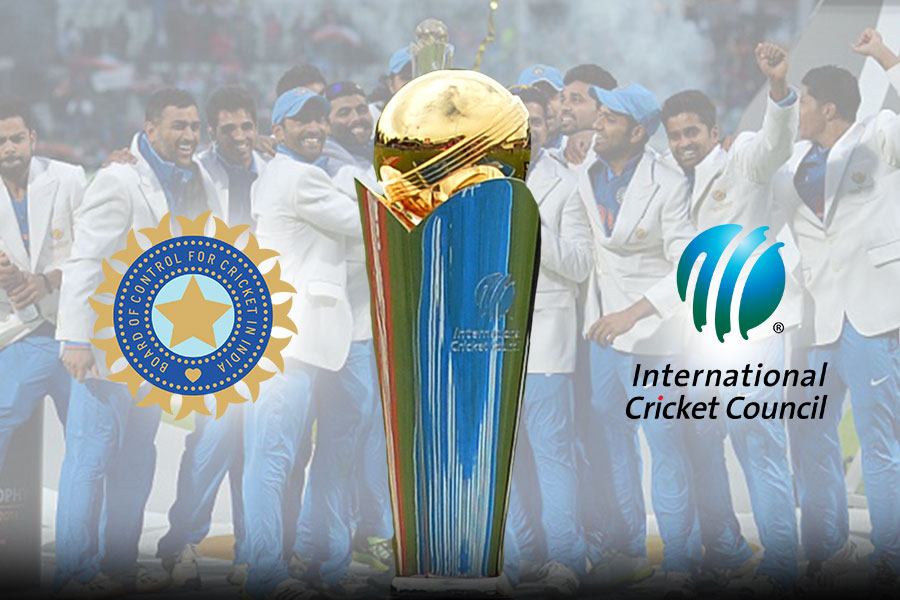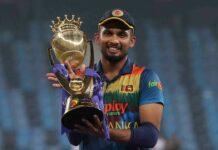The International Cricket Council (ICC) concluded five days of Board and Committee meetings in Dubai last week. A number of decisions were passed, among which was a revised financial model, which has been making headlines during the last week.
Why a change in constitution?
The ICC under Chairman N Srinivasan, who was seen by many as the man leading the charge of the ‘Big Three’, proposed 2014 to distribute all ICC revenue from the year 2014-2022 as follows.
The Big Three, namely the BCCI, ECB and CA were to receive up to 27.4% of the revenue with the projection being that the BCCI would receive approximately 570 million US Dollars over the next 8 years following the model being passed in 2014.
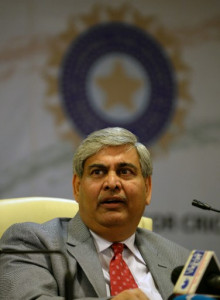
Shashank Manohar replaced N Srinivasan as the President of the BCCI in late 2015 and according to the constitution that existed at the time, became Chairman of the ICC as well. However, he spoke out on the monopoly of power the BCCI, ECB and CA were attempting to create and as a first step in breaking it up, proposed that the ICC appoint an independent head. After resigning from the post of President of the BCCI, Manohar was elected as the first independent Chairman of the ICC in May 2016.
Under his guidance, in February of 2017, the ICC passed a new constitution to undo much of the power imbalance that the ‘Big Three’ had created through their revamp in 2014, with the final decision on the proposals to be taken during the most recently concluded meetings in Dubai. As such a revised financial model was presented to the Board and passed.
The results of the meetings
The key topic of conversation that resulted from the meetings has been how the revenue generated by the ICC over the next 8 years will be distributed among not only the Full Members but the Associate teams as well.
According to the new financial model, the BCCI are to receive 293 million USD, the ECB 143 million, ZCB 94 million and the other 7 Full Members 132 million each, with 280 million USD being allocated to the Associate Nations. The proposed financial model was passed 9-1, with the BCCI being the only board to object to it.
It is reported that Chairman Manohar then offered a further 100 million USD to the BCCI, however, that offer too was rejected by their representative Amitabh Chaudhary.
The BCCI’s rationale for the rejection of the financial model is that as, according to them, they contribute close to 70% of global cricket revenue, it is only fair that they should receive the lion share of the profits.
With the ICC’s Annual Conference to be held in late June, the BCCI has decided to defer their decision on the financial model until then – perhaps in a bid to change the minds of a few other Boards with an offer of their own.
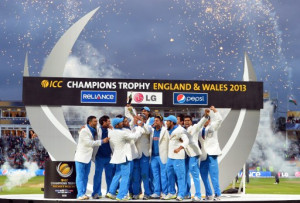
Reports indicate that the BCCI has offered the other Boards the option of keeping the original amounts proposed in the ICC’s Financial model, but receive 570 million themselves. As such, the BCCI’s counter offer would mean that the ECB receive 143 million, ZCB 94 million and the other 7 Full Members 132 million each. The key fact here is that there is no indication on the status of the Associate Nations.
The Champion’s Trophy
With the BCCI’s rejection of the new financial plan comes a not so subtle threat to withdraw from the Champion’s Trophy which is set to begin on the 1st of June. India missed the deadline to submit their squad for the Championship (which was last Tuesday, 25th April) and show no signs of doing so unless their demands outside the playing field are met.
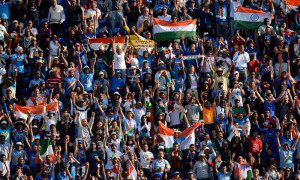
Although the official reasoning given by the BCCI regarding their delay in announcing a squad was “operational” reasons, it is understood that in actuality it was as a result of the decisions made during the ICC meetings. Since then doubts over India’s participation in the tournament has grown and it is reported that many of the state units in India are in favour of going against the Members Participation Agreement (MPA)of the ICC which will in turn rule-out World Cricket’s most powerful Board from hosting any ICC tournaments between the years 2016 & 2023.
A final decision on this is set to be made on the 7th of May, when the BCCI will conduct a Special General body Meeting (SGM).
What happens if India pull out?
The biggest losers if India do decide to revoke the MPA would be broadcasters Star, who won broadcast rights for 18 ICC tournaments between 2015 and 2023 which will include two World Cups, two Champions Trophies and two World T20s.
India’s non-participation is also sure to have an impact on stadium participation and broadcasting numbers, of which the former would definitely be a cause for concern for hosts England. According to sources, tickets for all games involving India have already been sold out and so if they do decide to pull out, it could lead to chaos with regards to refunds etc.
In addition, the tournament format will have to undergo a complete re-structuring that will put a spoke in the works at this juncture.
With the BCCI undoubtedly being the most powerful Board in the world of Cricket, matters may not be as simple as what they seem at first glance – making the BCCI’s SGM on the 7th and the ICC’s Annual Conference in June critical to deciding the path which Cricket will take over the next few years.


